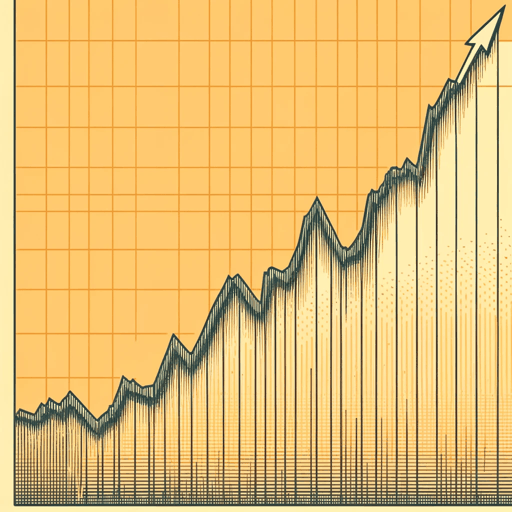60 pages • 2 hours read
David HarveyA Brief History Of Neoliberalism
Nonfiction | Reference/Text Book | Adult | Published in 2005A modern alternative to SparkNotes and CliffsNotes, SuperSummary offers high-quality Study Guides with detailed chapter summaries and analysis of major themes, characters, and more.
Important Quotes
“The assumption that individual freedoms are guaranteed by freedom of the market and of trade is a cardinal feature of neoliberal thinking, and it has long dominated the US stance towards the rest of the world.”
(Chapter 1, Page 7)
Harvey emphasizes how the concept of freedom as defined by neoliberals in the United States has been exported throughout the world. While freedom can mean many different things in different contexts, freedom in this context is closely related to the free market and free trade. “Cardinal” here means “of primary importance.”
“All of this, including the pragmatism, provided helpful evidence to support the subsequent turn to neoliberalism in both Britain (under Thatcher) and the US (under Reagan) in the 1980s. Not for the first time, a brutal experiment carried out in the periphery became a model for the formulation of policies in the centre (much as experimentation with the flat tax in Iraq has been proposed under Bremer’s decrees).”
(Chapter 1, Page 9)
Harvey describes how the US-led economic restructuring of Chile after the coup in 1972 was a laboratory for neoliberals to implement their theory in policy. In this quote, he alludes to the centre-periphery geographic model, which describes relationships between nations through the metaphor of the centre, or core, countries or regions—which have wealthy capitalist economies—and the periphery, countries or regions that are developing or less wealthy. He uses this model to draw connections between Chile in the 1970s and Iraq in the 2000s, as they are both “peripheral” countries that are used by the “centre,” the United States, to experiment with policies.
“A ‘class compromise’ between capital and labour was generally advocated as the key guarantor of domestic peace and tranquillity.”
(Chapter 1, Page 10)
Harvey compares the neoliberal order of the 1970s-2000s with the dominant embedded liberal order of the post-World War II period. Under embedded liberalism and its Keynesian economic system, a blend of communist and capitalist policies was the norm.
Featured Collections
Anthropology
View Collection
Business & Economics
View Collection
Challenging Authority
View Collection
Class
View Collection
Class
View Collection
Contemporary Books on Social Justice
View Collection
Globalization
View Collection
Philosophy, Logic, & Ethics
View Collection
Politics & Government
View Collection
Power
View Collection

